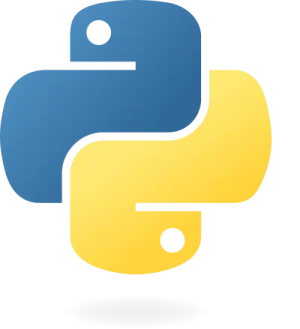Working with Dates in Python: A Guide to the datetime Module
In Python, dates are not a built-in data type. However, you can manage and manipulate dates using the datetime module, which allows dates to be treated as objects. Let’s explore how to use this powerful module to work with dates in your Python applications.
Getting Started with datetime
To work with dates, you’ll need to import the datetime module. One of the most common tasks is to display the current date and time, which you can do easily using the now() method.
import datetime
x = datetime.datetime.now()
print(x) # Expected output: Current date and time, e.g., 2024-08-22 14:45:01.123456The output will display the current date and time down to the microsecond:
2024-08-22 14:45:01.123456This output includes the year, month, day, hour, minute, second, and microsecond.
Extracting Date Information
The datetime module offers several methods to retrieve specific information about the date. For example, you can easily obtain the year or the name of the weekday using the following methods:
import datetime
x = datetime.datetime.now()
print(x.year) # Expected output: 2024
print(x.strftime("%A")) # Expected output: Day of the week, e.g., ThursdayCreating Date Objects
If you need to create a specific date, you can use the datetime() class within the datetime module. This class requires at least three parameters: year, month, and day.
import datetime
x = datetime.datetime(2021, 7, 21)
print(x) # Expected output: 2021-07-21 00:00:00In addition to the year, month, and day, the datetime() class can also accept parameters for time and timezone, such as hour, minute, second, microsecond, and tzone. However, these are optional and will default to 0 (or None for timezone) if not specified.
Formatting Dates with strftime()
One of the most useful methods of the datetime module is strftime(), which allows you to format date objects into readable strings. The method takes a format parameter, enabling you to control the output.
import datetime
x = datetime.datetime(2022, 11, 19)
print(x.strftime("%B")) # Expected output: NovemberIn this example, strftime("%B") returns the full name of the month, which is “November.”
Common strftime() Format Codes
| Directive | Description | Example |
|---|---|---|
%a | Short version of weekday | Wed |
%A | Full version of weekday | Wednesday |
%d | Day of the month (01-31) | 31 |
%B | Full month name | December |
%m | Month as a number (01-12) | 12 |
%Y | Full year | 2022 |
%H | Hour (00-23) | 17 |
%M | Minute (00-59) | 41 |
%S | Second (00-59) | 08 |
%f | Microsecond (000000-999999) | 548513 |
%p | AM/PM | PM |
This table showcases a few of the most common strftime() format codes. These codes allow you to extract and format specific parts of a date, making your date handling more flexible and powerful.
By understanding and utilizing the datetime module, you can effectively manage dates and times in your Python applications, ensuring your data is handled accurately and displayed in a user-friendly format.
